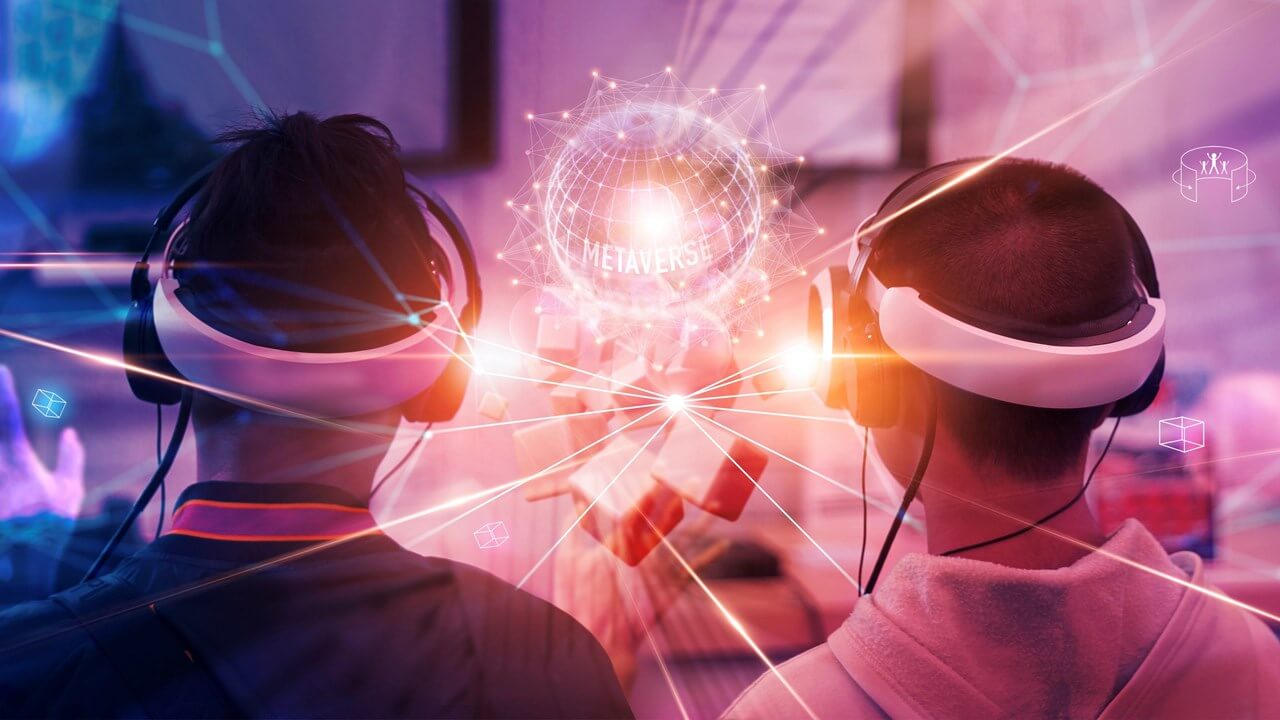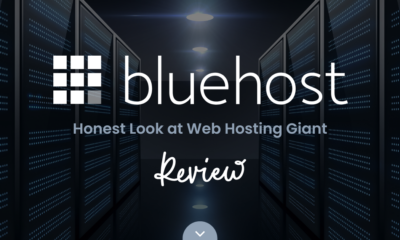TECHNOLOGY
The Metaverse and Web 3.0 & Why It Matters

With so much buzz the last couple of months surrounding the metaverse and what it entails moving forward I thought it would be prudent to give our readers a breakdown of just exactly what it is and why it matters now.
With corporations rushings to adapt a metaverse strategy and with the advent of web 3.0, now more than ever brands should be looking to adopt their technology to fit the mould for the future. To give some context as to how we got to where we are today I think it’s best to take a few steps back to see how the internet has progressed over the years.
Web 1.0, 2.0 & 3.0
The early days of the internet and Web 1.0 we’ll call it started around the early ’90s and carried through to around 2005. This decentralized early internet was all about open protocols that were community governed and had a builder/user focus building out the foundation blocks of the world wide web.

Credit: Geeks for Geeks
This transitioned into Web 2.0 where we started to see a lot more centralized services that were run by corporations. This was the Apple, Microsoft, Amazon and Facebook early days and for the most part, was very siloed. We started to see a lot more web applications and as the mobile phone increased in functionality we started to see the rise of the responsive web.
We are now in the bare infancy of Web 3.0 which is moving the control of the internet into the builders and users, all of which is orchestrated with tokens on the blockchain. It is all about decentralization and I believe will take back some of the power of the corporations and give them to the little guy. We are ushering in a new era for creators, developers and businesses alike. For a more elaborate breakdown of what each of these phases represents check out this comprehensive article.
Centralized platforms follow a predictable life cycle. At first, they do everything they can to recruit users in order to strengthen their network effect. This impact tends to follow an S-curve which enables their users and growth trajectory. They then will grow to a point where growth becomes less attractive and user data starts to take over. Over time the best entrepreneurs, developers and investors have learned to ignore the centralized platforms and build on their own, which is what drives innovation.

This is what Web 3.0 is all about — ownership and control are decentralized. Users, developers, and builders alike can now own pieces of the internet via tokens, both non-fungible (NFTs) and fungible. This gives users property rights: owning a piece of the internet in essence. NFTs, give the end-user the ability to own digital objects that can be an array of things.
Owning these digital assets (art, photos, code, music, game objects, 3D models, credentials, access passes etc.) that exist on top of blockchains like Ethereum gives the users a layer of control of their assets (Ethereum is a decentralized global currency that is owned and operated by its users). Ethereum is powered by a fungible token, ETH, which is then used to incentivize the physical computers that keep the system in place. ETH is also a native currency for transactions, like the NFT transactions that seem to be in the news every other day.
Overall this fixes the core problem of the old web and centralized networks, where value is accumulated by one company. Before Web 3.0 users and builders had to choose between the limited functionality of Web 1.0 or the centralized model of Web 2.0. This new Web 3.0 will offer a new way to combine the best aspects of the previous eras in a decentralized manner.
The Metaverse
So what about the metaverse, probably the biggest buzzword of 2021, what does this entail and why does it matter now?
The Metaverse as it stands ‘today’ is a variety of web 3.0 applications of various levels of interactivity and adoption. It is in its complete infancy currently where its estimated around 50,000 people are currently engaged at the time of this writing in digital worlds that have massive growth potential. While we aren’t fully red-pilled living in a ‘Ready Player One’ world yet, that isn’t to say that it won’t happen one day.

Credit: Jon Radoff – Building The Metaverse
One of the earliest Metaverse worlds was Decentraland — a collective and virtual space created by the convergence of virtually enhanced physical reality and physically persistent virtual space. In this virtual space, users can acquire digital assets, goods and services, and even real estate. Another growing metaverse world is The Sandbox (full breakdown of the Sandbox here) — an expansive virtual world built for users to virtually play, build, own, and monetize their virtual experiences. Creators can now earn for their innovation, and the community aspect of it is what is driving adoption.
The challenge with these “metaverses” is that they lack the interoperability needed for a truly decentralized community world. Anyone can connect to any number of these virtual worlds — but they are not all connected and therein lies the fallacy of the metaverse as a whole. For a truly interconnected metaverse, there needs to be a base layer similar to the early days of www and HTML. The development layer needs to be open-sourced allowing for any builder or creator to continually add layers of functionality. It should allow for full accessibility — meaning that it doesn’t need to be a virtual reality simulation per se, the metaverse should be device agnostic to allow for maximum usability. As such begins the precipice of the digital ownership era, and corporations are rushing to figure out a metaverse strategy that is compelling enough to gain user adoption in order to be the first to market.
Of course, Facebook (now Meta) was one of the earliest adopters of this virtual world — as it aligns very nicely with their hardware stack and the Oculus Quest devices. They’ve created multiple platforms for interconnectivity within their own centralized metaverse. Horizons Worlds allows for users to connect in a virtual world and interact with one another in a social dynamic, anywhere in the world. Creators can make their own games and build their own virtual world, and even though it is still in its early beta it shows a lot of promise for the creator community.

Credit: Meta Horizon Worlds
We are undergoing a phase shift in ownership from the real world to the digital world and the metaverse is a term used to describe the digital worlds that will encompass that ownership. Mark Zuckerberg’s vision for the metaverse is a virtual reality world where people can live, work, network and play as if they were in the real world but from the comfort of their virtual reality headset. This concept is nothing new but with NFT’s and the blockchain playing a role we are going to see a lot of builders and creators building out varying parts of this digital world which will basically be a Matrix-like simulation.
While this may be a few decades away from fruition, that doesn’t mean it isn’t going to happen. We are on the ground floor today in what may one day be filled with billions of users interacting, and it’s an exciting time to be developing solutions that fit into that mould. Think about the next generation of Tik Tokker’s that are glued to their smartphones, over 50% of kids in the US are playing the “game” already. Games like Roblox and Fortnite already have tens of millions of daily active users (if not more) and it’s only a matter of time before those games merge the real world with the virtual world into an interoperable existence we will call the Metaverse.
As the future unfolds these multiverses will become more and more decentralized and will be built with open standards like OpenXR whereas traditional app stores like Google Play & Apple will become walled gardens due to their centralization (great write-up on this topic from Evan Helda). It will be hard to predict as there are so many moving parts, but I believe the future revolves around interoperability, connected multiverses, and the ability to own your own data/content (NFT’s). What do you think the metaverse is, leave your thoughts in the comments below, I’d like to hear varied perspectives from those in space. The bottom line is that we are in the very early days of the metaverse and only time will tell how it will unfold over the course of the next decade.
Source link



















You must be logged in to post a comment Login